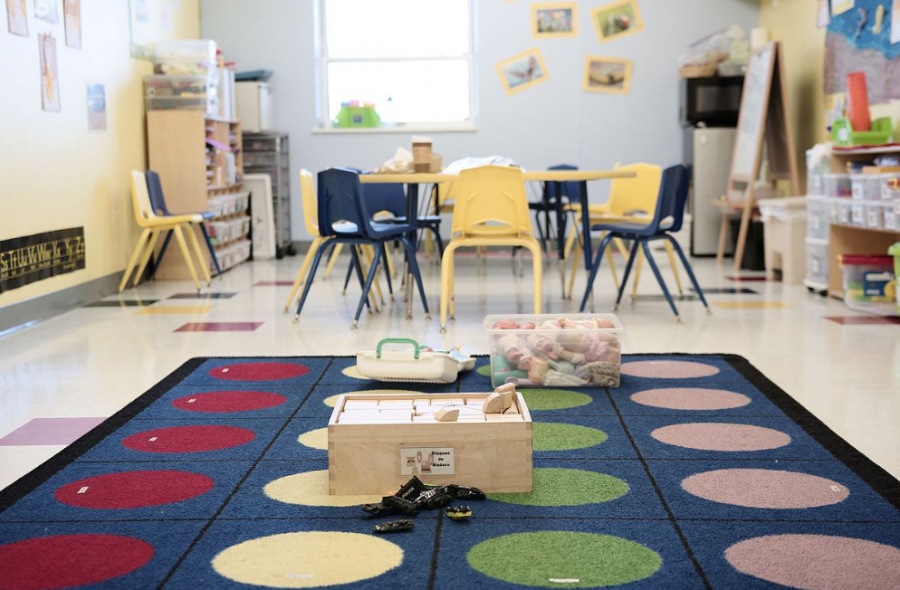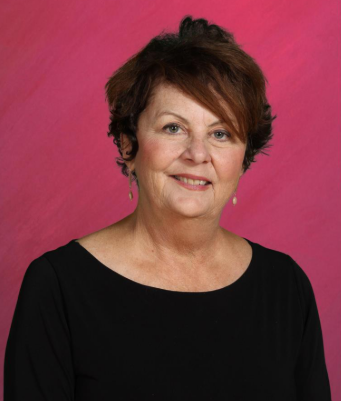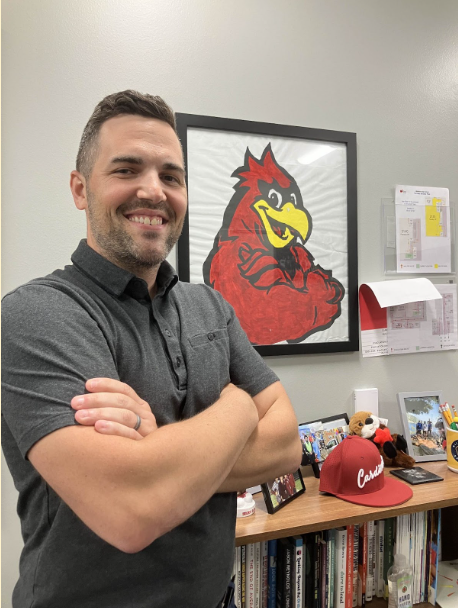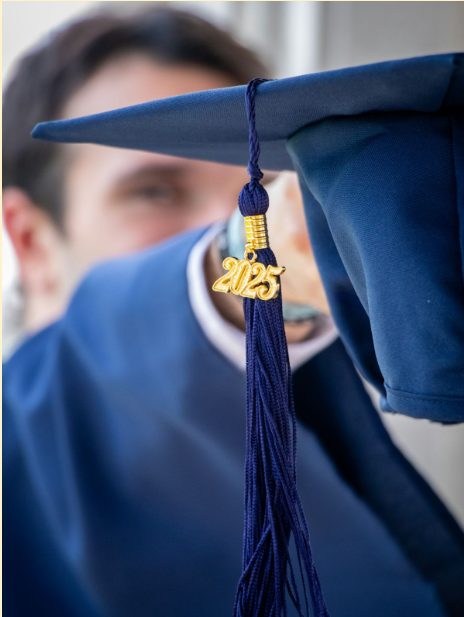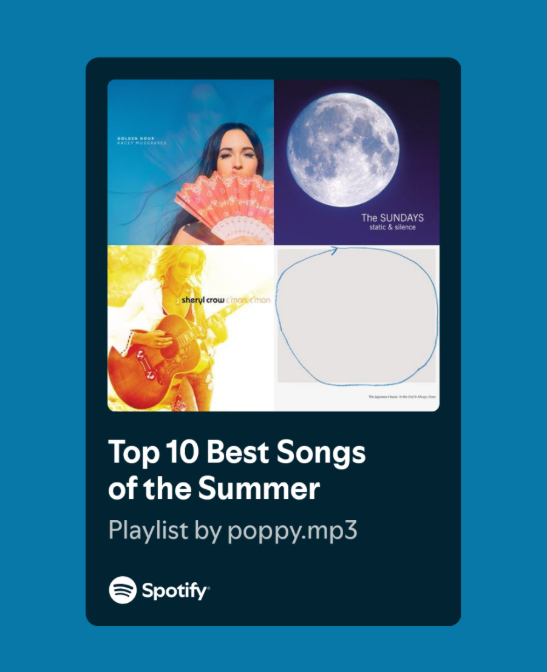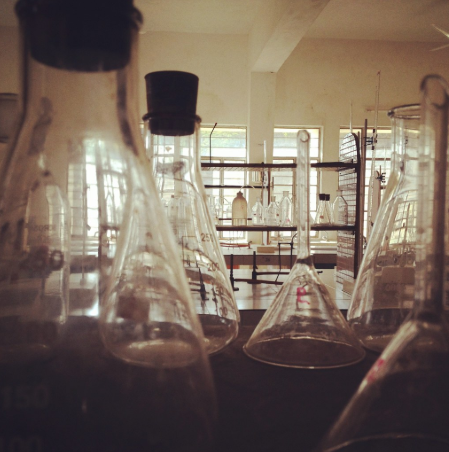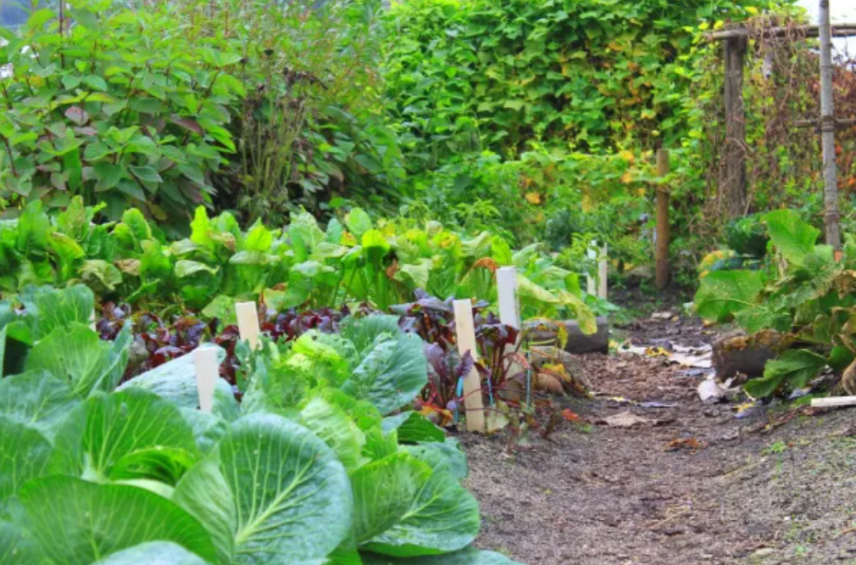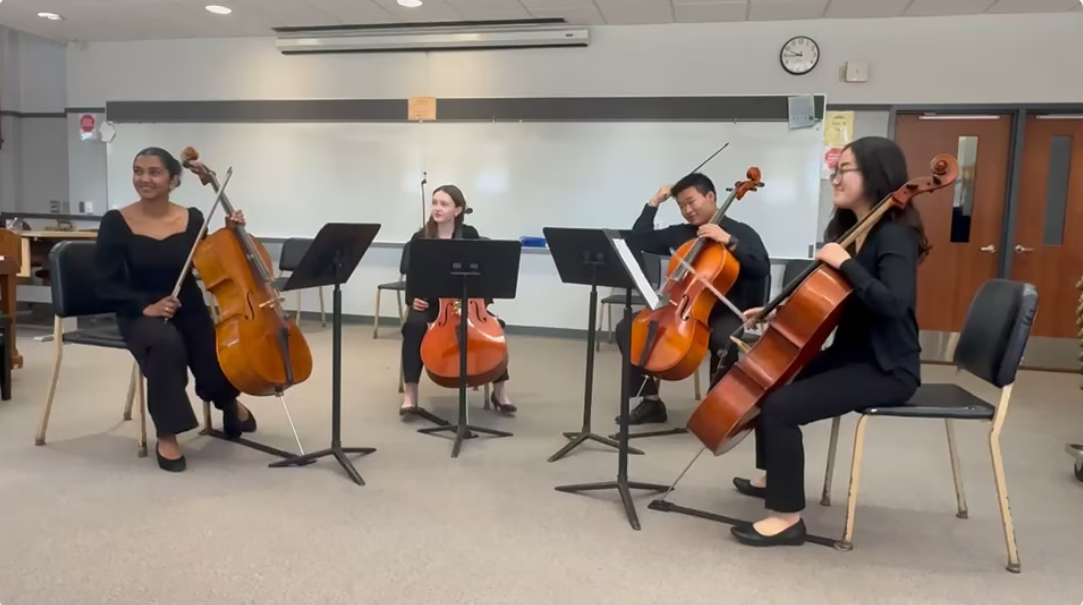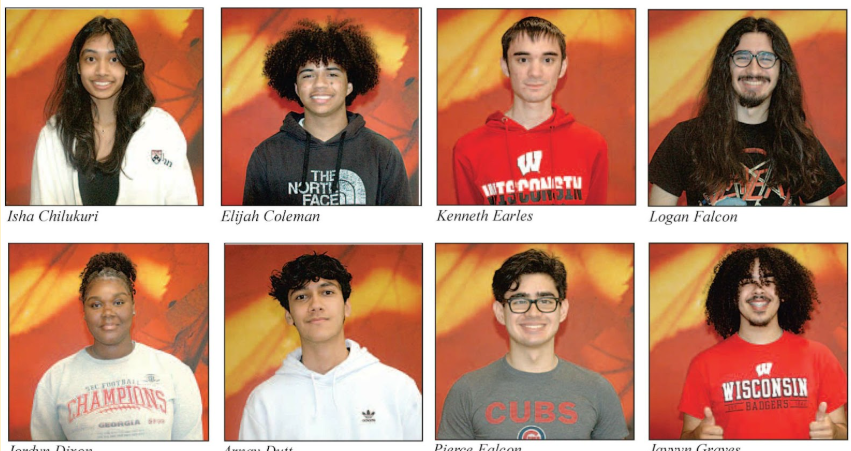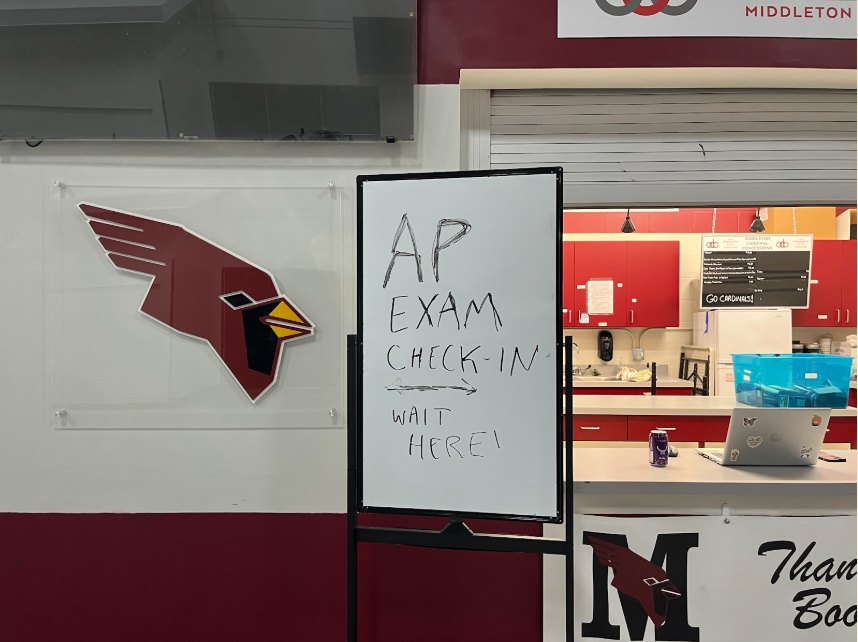Public School and COVID-19: A Deadly Bargain
On Friday, March 13, MCPASD announced the decision to close schools beginning March 16. Although some students celebrate the idea of an extended break, families nationwide will suffer from the loss of public services school provides.
March 16, 2020
As COVID-19 spreads, schools across the United States are closing. Beginning March 16, MCPASD will close all schools, with a scheduled reopening date of April 6. The nationwide decision to close schools carries a weighty bargain: does COVID-19 warrant measures that could put millions of children at risk?
In countries where drastic measures to promote social distancing were not made early on, such as Italy, COVID-19 is wreaking havoc on local infrastructure and killing thousands. Under this state of emergency, school closures seem like the safest option—but there are significant risks, as well.
Twenty-two million children in the U.S. rely on free and reduced lunch and breakfast for food, according to No Kid Hungry, a charity organization dedicated to reducing childhood food poverty in the United States. With schools closing at rapid rates, it is unclear whether or how schools will provide food to children who need it.
“The District’s Pandemic Planning Team will continue to discuss getting meals to students,” MCPASD Director of Communications Perry Hibner said in an email Friday night.
MCPASD is a relatively affluent school district with programs and funds available to provide emergency support. However, many underserved communities across the U.S. do not have access to the funds, programs, or transportation necessary to provide resources to children whose families depend on school meals.
Another less-discussed impact of school closures on children is the loss of mental, emotional, and social support systems. Students dealing with abuse, homelessness, or mental health conditions can no longer turn to school counselors or support networks of teachers and peers for help.
Beyond the support it provides children, school acts as free childcare, allowing parents to work full-time jobs. In an already unstable economy, as many employers contemplate layoffs and consumers hesitate to patronize local businesses, parents of younger children are forced to decide between childcare and their family’s income. These decisions may place Americans into financial ruin, especially if faced with economic recession or medical costs.
Ultimately, schools are faced not with the decision of whether to protect children, but rather how. If schools do not close, they run the risk of spreading COVID-19, potentially leading to the death of thousands more Americans and the collapse of healthcare systems. If they do close, they risk leaving children in dangerous or under-resourced situations.
COVID-19 is an unprecedented modern event, and the responses of our society and government will set a precedent for future health crises in an increasingly globalized world. In light of the circumstances, the current decision is to protect global health and prevent the spread of this pandemic—but the way we address the fallout will say much more about our society than anything else.
As COVID-19 continues to multiply, closing school districts across the U.S., our communities and state institutions must rise to the challenge to ensure that our country’s most vulnerable— young children and impoverished families—are not forgotten. For public facilities, this means expanding access to food programs and shelters and providing resources for children in dangerous situations to find help and security. For the more privileged members of society, those of us with food access and secure incomes, this means donating to organizations such as Middleton Outreach Ministry and local shelters to ensure families in need have the resources necessary to survive. Even as social distancing forces us into isolation, we cannot forget to be a community.
This level of public school shutdown is unprecedented. Unlike snow days, in-service days, or active shooter threats, the current decision to close schools is taking place at a time of widespread uncertainty—hysteria, even—as our country fights to control COVID-19’s spread. During a global health crisis, the decision to err on the side of caution is our only reasonable option, but it must not be made without due consideration of the lives affected. The public education system plays a pivotal role in society, allowing our family structures and economy to operate, and its role will only increase.
As the public sector expands, Americans increasingly rely on public school to alleviate economic burdens and provide social support. As globalization expands, major threats such as COVID-19 pose greater and greater risks. Novel pathogens will continue to infiltrate our societal structures for decades to come, and our response today will determine the conditions of the future.
Will COVID-19 create a movement to diminish the role of public education? Will reliance on alternate community structures such as church rise? Will education turn to online school in an attempt to implement permanent social distancing measures? For now, these questions are impossible to answer—but one thing is certain; the success of public school closures comes at a cost, and our communities must be prepared to pay.



